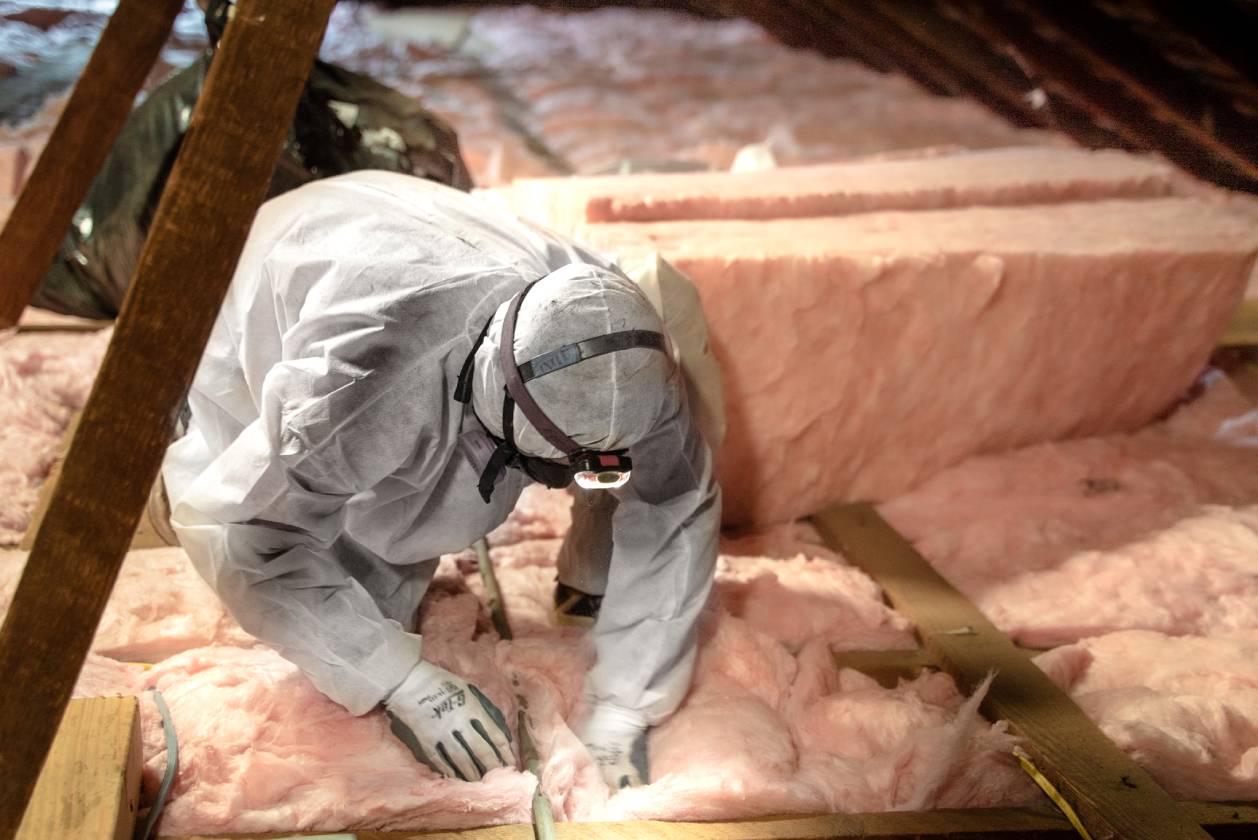

Articles
Who Does Insulation
Modified: March 25, 2024
Looking for informative articles on insulation? Discover the experts who specialize in all things insulation and get valuable insights to improve energy efficiency in your home.
(Many of the links in this article redirect to a specific reviewed product. Your purchase of these products through affiliate links helps to generate commission for Storables.com, at no extra cost. Learn more)
Introduction
When it comes to creating a comfortable and energy-efficient space, insulation plays a crucial role. Whether it’s a residential, commercial, or industrial building, proper insulation is essential for maintaining temperature control, reducing energy consumption, and minimizing sound transmission.
Insulation acts as a barrier, preventing the exchange of heat or cold between the interior and exterior of a structure. By reducing heat transfer, insulation helps keep buildings warm in winter and cool in summer. This not only improves the comfort level for occupants but also significantly lowers energy costs.
In this article, we will explore the different types of insulation, their applications in various building types, and the benefits of both DIY installation and hiring professional insulation contractors.
Insulation comes in various forms, each with its own characteristics and advantages. The choice of insulation depends on factors such as the building’s structure, climate conditions, budget, and personal preferences.
Now, let’s dive into the world of insulation and discover which type best meets your needs!
Key Takeaways:
- Proper insulation is essential for energy efficiency, cost savings, and comfort in buildings. It reduces heat transfer, minimizes energy consumption, and creates a sustainable living or working space.
- Whether as a DIY project or with professional help, investing in insulation yields long-term benefits. Lower energy bills, improved comfort, and reduced environmental impact are just some of the advantages.
Read more: Who Does Blown-In Insulation Near Me
What is Insulation?
Insulation is a material or combination of materials that are installed in buildings to reduce the transfer of heat, sound, or electricity. It acts as a barrier, slowing down the flow of heat or cold between different areas or surfaces. Insulation is commonly used in walls, ceilings, floors, and roofs to create a comfortable and energy-efficient environment.
The primary objective of insulation is to maintain the desired temperature inside a building by minimizing heat loss in cold weather and heat gain in hot weather. It helps to stabilize indoor temperatures, reducing the need for excessive heating or cooling, and saving significant energy and money in the long run.
Moreover, insulation plays a vital role in soundproofing by reducing the transmission of noise between rooms. This is particularly important in homes, offices, or commercial spaces where privacy and a peaceful environment are desired.
Insulation materials are available in various forms, including batts, rolls, boards, loose-fill, and spray foam, each offering unique features and advantages.
Overall, insulation is an essential component of any building, contributing to energy efficiency, cost savings, noise reduction, and occupant comfort. It is a key factor in creating a sustainable and environmentally-friendly living or working space.
Importance of Insulation
Insulation plays a crucial role in creating energy-efficient and comfortable living and working environments. Here are some key reasons why insulation is important:
- Reduced Energy Consumption: One of the primary benefits of insulation is its ability to reduce energy consumption. By properly insulating a building, it becomes easier to maintain a consistent and comfortable indoor temperature, resulting in lower heating and cooling costs. Insulation traps heat during winter and repels it during summer, reducing the need for excessive heating or air conditioning.
- Lower Energy Bills: With reduced energy consumption comes lower energy bills. Insulation acts as a thermal barrier, preventing heat loss or gain through walls, ceilings, floors, and roofs. Consequently, occupants can enjoy a more comfortable space while saving money on their monthly energy bills.
- Environmental Impact: Insulation not only benefits individuals but also helps reduce the overall carbon footprint. By conserving energy and reducing greenhouse gas emissions, insulation contributes to a cleaner and more sustainable environment. It is an important step towards creating eco-friendly and energy-efficient buildings.
- Noise Reduction: Insulation helps to minimize sound transmission between rooms and from external sources. This is especially beneficial in urban areas or buildings with multiple occupants, where privacy and a peaceful environment are essential. Insulation ensures a quieter space, reducing disturbances and improving the overall quality of life.
- Comfort: Adequate insulation creates a comfortable living or working environment by maintaining stable indoor temperatures. It helps to eliminate cold spots, drafts, and temperature fluctuations, providing a cozy space all year round. Insulation also helps to regulate humidity levels, enhancing overall comfort and well-being.
- Protection of Building Structure: Insulation not only benefits the occupants but also protects the building structure itself. It helps to prevent condensation, which can lead to moisture-related issues such as mold, mildew, and rot. By keeping moisture levels in check, insulation contributes to the durability and longevity of a building.
In summary, insulation is of utmost importance in creating energy-efficient, cost-effective, and comfortable spaces. It not only lowers energy bills but also reduces environmental impact, enhances soundproofing, and protects the building structure. Investing in high-quality insulation is a wise decision that yields long-term benefits for both individuals and the planet.
Types of Insulation
Insulation materials come in various forms, each with its own properties and advantages. The choice of insulation depends on factors such as the building’s structure, climate conditions, budget, and desired performance. Let’s explore some common types of insulation:
- Fiberglass Insulation: Fiberglass insulation is one of the most popular and widely used types of insulation. It is made of tiny glass fibers that trap air pockets, which slow down the transfer of heat. Fiberglass insulation comes in batts or rolls and is highly effective in thermal and sound insulation. It is relatively inexpensive, fire-resistant, and easy to install.
- Cellulose Insulation: Cellulose insulation is made from recycled paper or plant fibers treated with fire-retardant chemicals. It is a loose-fill insulation that can be blown into walls, attics, and hard-to-reach areas. Cellulose insulation is known for its excellent thermal performance and soundproofing properties. It is an eco-friendly option and can be a good choice for those looking for sustainable insulation materials.
- Spray Foam Insulation: Spray foam insulation is a versatile and efficient option for insulating various areas of a building. It is applied as a liquid and expands to fill gaps, cracks, and voids, creating an airtight seal. Spray foam insulation forms a barrier that prevents air infiltration, minimizes energy loss, and offers excellent thermal performance. It is ideal for both new construction and retrofitting existing buildings.
- Mineral Wool Insulation: Mineral wool insulation is made from minerals like basalt or slag, which are heated and spun into fibers. It is available in batts, rolls, or loose-fill form. Mineral wool insulation offers good thermal insulation and sound absorption capabilities. It is also fire-resistant and provides excellent protection against fire hazards.
- Reflective Insulation: Reflective insulation is typically made of aluminum foil laminated onto various materials like paper, plastic, or cardboard. It reflects radiant heat, preventing it from entering or escaping a building. Reflective insulation is commonly used in attics, roofs, and walls to reduce heat gain during hot weather and heat loss during cold weather. It is particularly effective in hot climates.
It’s important to note that the performance and effectiveness of insulation depend not only on the type of material used but also on proper installation. The insulation should be installed correctly, without any gaps or compression, to ensure optimum performance.
When choosing the right type of insulation for a specific application, it is advisable to consult with professionals who can assess the building’s needs and recommend the most suitable insulation solution.
Fiberglass Insulation
Fiberglass insulation is a widely used and popular type of insulation that offers excellent thermal and sound insulation properties. It consists of tiny glass fibers that are spun and woven together into a fluffy material. The air pockets created within the fiberglass fibers help to slow down the transfer of heat, making it an effective insulating material.
Here are some key features and benefits of fiberglass insulation:
- Thermal Insulation: Fiberglass insulation is highly effective in preventing heat transfer. It acts as a barrier, controlling temperature fluctuations and reducing the amount of heat that escapes or enters a building. This helps to keep the indoor environment comfortable and energy-efficient, resulting in lower heating and cooling costs.
- Soundproofing: In addition to its thermal insulation properties, fiberglass insulation also provides good sound absorption. It can help reduce noise transmission between rooms or from external sources, creating a quieter and more peaceful living or working environment.
- Fire-Resistant: Fiberglass insulation is naturally fire-resistant due to the non-combustible nature of glass fibers. This makes it a safe choice for insulation, providing an additional layer of protection against fire hazards. It can help slow down the spread of fire and provide valuable time for evacuation or fire suppression.
- Easy to Install: Fiberglass insulation is available in batts or rolls, which are convenient and easy to install. It can be easily cut to fit into the desired spaces, making it suitable for both DIY projects and professional installations. However, proper installation is crucial to ensure the insulation performs optimally, without any gaps or compression.
- Cost-Effective: Fiberglass insulation is relatively affordable compared to other types of insulation materials. Its cost-effectiveness, combined with its excellent thermal properties, makes it a popular choice for many homeowners, builders, and contractors.
It’s important to note that fiberglass insulation may release fibers into the air if not properly sealed or protected. Therefore, it is recommended to wear protective gear, such as gloves and a mask, while handling and installing fiberglass insulation.
Overall, fiberglass insulation provides an efficient and cost-effective solution for thermal and sound insulation. It offers numerous benefits, including energy savings, improved comfort, noise reduction, fire resistance, and ease of installation. Consulting with insulation professionals can help determine the appropriate thickness and R-value (insulation’s resistance to heat flow) for specific applications and ensure proper installation for maximum effectiveness.
Read more: Who Installs Insulation In Attic
Cellulose Insulation
Cellulose insulation is a popular choice for those looking for an eco-friendly and effective insulation material. It is made from recycled paper or plant fibers, which are treated with fire-retardant chemicals to enhance its resistance to flames. Cellulose insulation offers several benefits and is used in both residential and commercial buildings.
Here are some key features and benefits of cellulose insulation:
- Thermal Performance: Cellulose insulation provides excellent thermal performance, helping to maintain a comfortable indoor temperature. The dense composition of the fibers traps air pockets, reducing the transfer of heat through walls, ceilings, and floors. This helps to minimize heat gain in summer and heat loss in winter, leading to energy savings and reduced heating and cooling costs.
- Soundproofing: In addition to its thermal insulation properties, cellulose insulation has good sound-absorbing qualities. It can help reduce noise transmission between rooms, creating a quieter and more peaceful living or working environment. This makes cellulose insulation particularly beneficial in multi-family dwellings, office spaces, or buildings located in noisy areas.
- Eco-Friendly: Cellulose insulation is considered an environmentally-friendly choice as it is made from recycled materials. The recycled paper or plant fibers used in its production help to conserve natural resources and reduce waste. Additionally, cellulose insulation has a low carbon footprint and can contribute to sustainable building practices.
- Fire Retardant: Cellulose insulation undergoes a treatment process to enhance its fire resistance. The addition of fire-retardant chemicals helps to make cellulose insulation less susceptible to fire hazards. It can slow down the spread of flames and provide valuable time for evacuation or fire suppression measures.
- Moisture Control: Cellulose insulation has the ability to absorb and release moisture, helping to regulate humidity levels in the building. This can contribute to a healthier indoor environment by reducing the potential for mold or mildew growth. However, proper installation techniques must be followed to prevent moisture accumulation and ensure effective performance.
Cellulose insulation is commonly installed as loose-fill insulation, which is blown into the desired areas using special equipment. It can be used in walls, attics, and other hard-to-reach spaces, creating a seamless and efficient insulation layer.
When installing cellulose insulation, it is crucial to hire experienced professionals who understand the correct techniques for achieving optimal coverage and performance. They can ensure that the insulation is evenly distributed and properly dense, avoiding issues such as settling or inadequate coverage.
In summary, cellulose insulation offers excellent thermal performance, soundproofing capabilities, and eco-friendly characteristics. Its fire-retardant properties and ability to regulate moisture make it a desirable choice for insulation needs. Consider consulting with insulation experts to determine the most suitable thickness and application for your specific project.
Spray Foam Insulation
Spray foam insulation is a versatile and efficient option for insulating buildings in both new construction and retrofit projects. It is a liquid foam that expands on application, creating a seamless and airtight insulation layer. Spray foam insulation offers several benefits and is commonly used for its exceptional thermal performance and air sealing properties.
Here are some key features and benefits of spray foam insulation:
- Superior Insulation: Spray foam insulation has excellent thermal insulation capabilities. It provides a high R-value (a measure of insulation’s effectiveness) per inch thickness, which helps to minimize heat transfer and reduce energy consumption. It effectively seals gaps, cracks, and voids in the building envelope, preventing air leakage and thermal bridging.
- Air Sealing: One of the major advantages of spray foam insulation is its ability to create an airtight seal. The foam expands and adheres to the surfaces, filling all gaps and cracks, including those that are difficult to reach. This helps to eliminate air infiltration, which can account for significant energy loss and decreased comfort. By sealing air leaks, spray foam insulation enhances the energy efficiency of the building.
- Moisture Control: Spray foam insulation has the ability to resist water vapor and moisture intrusion. It forms a barrier that helps to prevent condensation and moisture-related issues, such as mold, mildew, and rot. This is particularly beneficial in humid climates or areas prone to moisture problems.
- Soundproofing: Spray foam insulation provides excellent sound insulation properties. As it fills and seals the spaces, it reduces the transmission of airborne noise, creating a quieter indoor environment. This makes it an ideal choice for buildings located in busy or noisy areas, as well as for reducing noise transfer between rooms or floors.
- Improved Durability: Spray foam insulation can also contribute to the durability and structural integrity of a building. It strengthens the walls and roof by forming a solid, seamless layer that can help resist sagging, settling, and moisture-related damage. Its resistance to pests, such as rodents and insects, further enhances the longevity of the building.
It’s important to note that spray foam insulation should be installed by professionals who are trained and experienced in its application. Proper techniques and safety precautions must be followed during the installation process, as the foam expands rapidly upon application.
Overall, spray foam insulation offers numerous benefits, including superior thermal insulation, air sealing, moisture control, soundproofing, and improved durability. Its versatility and efficiency make it a popular choice for both residential and commercial buildings seeking optimal energy performance and indoor comfort.
Mineral Wool Insulation
Mineral wool insulation, also known as rock wool or stone wool insulation, is a popular choice for its thermal and sound insulation properties. It is made from natural minerals, such as basalt or slag, which are melted and spun into fibers. Mineral wool insulation offers several benefits and is commonly used in both residential and commercial applications.
Here are some key features and benefits of mineral wool insulation:
- Thermal Insulation: Mineral wool insulation has excellent thermal insulation properties. The fibers trap air pockets, inhibiting the transfer of heat through walls, ceilings, and floors. This helps to maintain a comfortable indoor temperature and reduce energy consumption, resulting in lower heating and cooling costs.
- Sound Absorption: Mineral wool insulation is known for its superior sound absorption capabilities. The dense structure of the fibers absorbs sound waves, reducing noise transmission between rooms or from external sources. This makes mineral wool insulation an effective choice for minimizing noise disturbances and creating a quieter living or working environment.
- Fire Resistance: Mineral wool insulation is naturally fire-resistant due to the non-combustible nature of the mineral fibers. It can withstand high temperatures without melting or releasing toxic fumes. This property makes mineral wool insulation an excellent choice for enhancing fire safety in buildings.
- Moisture Resistance: Mineral wool insulation is resistant to moisture and does not absorb water. This helps to prevent moisture-related issues, such as mold growth and deterioration of the insulation material. It also contributes to maintaining a healthy indoor environment.
- Chemical Stability: Mineral wool insulation is chemically stable and does not degrade or deteriorate over time. It is resistant to pests, such as rodents and insects, ensuring long-lasting performance and durability. This makes it a reliable choice for insulation needs.
- Eco-Friendly: Mineral wool insulation is made from natural, abundant minerals and is considered an environmentally-friendly option. It does not contain harmful substances and can be safely recycled at the end of its life cycle. Choosing mineral wool insulation contributes to sustainable building practices and reduces environmental impact.
Mineral wool insulation is available in various forms, including batts, rolls, or loose-fill. It is easy to install and can be cut to fit into the desired spaces. However, it’s essential to ensure proper installation techniques to achieve optimal coverage and performance.
In summary, mineral wool insulation offers excellent thermal and sound insulation properties, as well as fire resistance, moisture resistance, and chemical stability. Its eco-friendly attributes make it a preferred choice for those seeking sustainable and efficient insulation solutions.
Tip: When considering insulation, it’s important to hire a professional contractor who specializes in insulation installation. Look for companies with experience, good reviews, and proper licensing and insurance to ensure the job is done correctly and efficiently.
Reflective Insulation
Reflective insulation is a type of insulation that utilizes reflective materials, typically aluminum foil, to reduce heat transfer by reflecting radiant heat. It is commonly used in attics, roofs, and walls to prevent heat gain in hot weather and heat loss in cold weather. Reflective insulation offers several benefits and is a popular choice in regions with extreme climates.
Here are some key features and benefits of reflective insulation:
- Heat Reflectivity: The main advantage of reflective insulation is its ability to reflect radiant heat. The shiny, reflective surface of the insulation material helps to bounce off radiant heat, preventing it from entering or escaping the building. This can significantly reduce the amount of heat that passes through the insulation, leading to energy savings and improved comfort.
- Thermal Performance: Reflective insulation also provides some thermal insulation value. While it primarily works by reflecting heat, it can also offer a minor level of insulation by trapping air between the reflective layers. The insulation may consist of multiple layers of aluminum foil or may include a layer of insulation material, such as foam, to enhance its thermal performance.
- Moisture Control: Reflective insulation can also act as a vapor barrier, helping to prevent moisture intrusion through walls and roofs. The aluminum foil layer helps to block moisture from entering the building envelope, reducing the potential for mold, mildew, and other moisture-related issues. However, proper installation and sealing are necessary to ensure the effectiveness of the vapor barrier.
- Lightweight and Easy to Install: Reflective insulation is lightweight and relatively easy to install. It typically comes in rolls or sheets, which can be easily cut and fitted into the desired areas. The lightweight nature of the material also reduces the load on the building structure.
- Breathability: Reflective insulation allows for air movement, which can help with moisture management and prevent the buildup of condensation. This can be beneficial in humid climates or areas with high moisture levels.
- Sustainable Option: Reflective insulation often contains recycled materials and can be a sustainable choice for insulation. The aluminum foil used in reflective insulation is typically recyclable, and selecting reflective insulation can contribute to eco-friendly building practices.
It’s important to note that reflective insulation is most effective in reducing heat gain or loss due to radiant heat transfer. Its effectiveness can be enhanced when used in combination with other types of insulation, such as fiberglass or foam insulation, which provide additional thermal resistance and prevent heat transfer through conduction and convection.
When installing reflective insulation, proper installation techniques must be followed to ensure a proper seal and maximum effectiveness. Consulting with insulation professionals can help determine the most suitable application and combination of insulation materials for specific projects.
In summary, reflective insulation offers the benefit of heat reflectivity, thermal performance, moisture control, and breathability. It is a lightweight and easy-to-install option that can contribute to energy savings and improved comfort in buildings.
Read more: Who Can Install Insulation In The Attic
Insulation for Residential Buildings
Insulation is of utmost importance in residential buildings, providing comfort, energy efficiency, and cost savings for homeowners. Proper insulation helps to maintain a consistent indoor temperature, reduce energy consumption, and create a more comfortable living environment. Here are some key areas in residential buildings where insulation is crucial:
- Attic Insulation: Insulating the attic is essential as heat rises and can easily escape through the roof. Adding insulation to the attic helps to prevent heat loss in winter and heat gain in summer, keeping the interior temperature more stable. Common types of insulation used in attics include fiberglass batts, loose-fill cellulose, or spray foam insulation.
- Wall Insulation: Insulating exterior walls can significantly improve thermal performance. It helps to minimize heat transfer through the walls, reducing energy consumption and improving comfort. Wall insulation can be done during the construction phase with materials like fiberglass or mineral wool batts. Retrofitting existing walls may involve blown-in insulation or spray foam insulation.
- Floor Insulation: Insulating floors can help maintain a comfortable environment and reduce heat loss. In colder climates, insulating floors above crawl spaces or unheated areas can prevent cold air from seeping into living spaces. Floor insulation can be achieved with materials like rigid foam boards or batt insulation installed between floor joists.
- Basement Insulation: Insulating the basement walls is important to prevent heat loss and moisture issues. Basement insulation can be done with materials like rigid foam boards, spray foam insulation, or mineral wool batts. Insulating basement ceilings can also help in reducing heat loss to the lower levels of the house.
- Window and Door Insulation: Properly insulating windows and doors can prevent air leakage, which can account for significant energy loss. Weatherstripping and caulking are common methods for sealing gaps around windows and doors. Adding window treatments like curtains or blinds can also provide an extra layer of insulation.
- Duct Insulation: Insulating HVAC ducts is crucial to prevent energy loss and maintain efficient heating and cooling. Insulating ducts helps to minimize heat transfer and reduces the workload on the HVAC system. Duct insulation can be achieved with materials like duct wrap or rigid foam insulation.
It’s important to assess the insulation needs of a residential building based on its location, climate, and specific characteristics. Hiring insulation professionals can ensure that the right insulation materials and techniques are used, resulting in maximum efficiency and comfort.
Proper insulation in residential buildings not only enhances comfort but also leads to significant energy savings and reduced utility bills. It creates a healthier and more sustainable living environment, making insulation an essential aspect of residential construction and renovation projects.
Insulation for Commercial Buildings
Insulation plays a vital role in commercial buildings, providing energy efficiency, comfort, and cost savings for businesses. Proper insulation in commercial buildings helps to regulate indoor temperatures, reduce heating and cooling costs, and create a productive and comfortable work environment. Here are some key areas in commercial buildings where insulation is crucial:
- Roof Insulation: Insulating the roof is essential in commercial buildings as it helps to prevent heat gain in summer and heat loss in winter. Roof insulation can be done with materials like spray foam insulation, rigid foam boards, or reflective insulation. Proper insulation can significantly reduce energy consumption and lower cooling and heating expenses.
- Wall Insulation: Insulating exterior walls is important for commercial buildings as it helps to minimize heat transfer and improve energy efficiency. Wall insulation can be achieved with materials like fiberglass batts, spray foam insulation, or rigid foam boards. Insulating interior walls can also help in reducing noise transmission between different areas of the building.
- Floor Insulation: Insulating floors in commercial buildings can help in maintaining a comfortable environment and reducing heat loss. It is particularly important for floors above unheated areas or spaces with significant temperature differences. Floor insulation can be achieved with materials like rigid foam boards, batt insulation, or spray foam insulation.
- Window and Door Insulation: Properly insulating windows and doors in commercial buildings can prevent air leakage and improve energy efficiency. Weatherstripping, caulking, and the use of insulated glass or window films can all contribute to reducing heat transfer through windows and doors.
- Duct Insulation: Insulating HVAC ducts is crucial in commercial buildings to minimize energy loss and maintain efficient heating and cooling. Insulated ducts help to reduce heat transfer and ensure that conditioned air reaches its intended destination. Insulating ducts can be done using materials like duct wrap, flexible duct insulation, or rigid foam insulation.
- Pipe Insulation: Insulating pipes in commercial buildings is necessary to prevent heat loss or gain, as well as to avoid condensation issues. Insulated pipes help in maintaining the temperature of the fluid being transported and reduce energy loss. Pipe insulation materials can vary depending on factors such as the temperature of the fluid and the type of pipe material.
It’s important to consider the specific needs of a commercial building when selecting insulation materials and techniques. Engaging experienced insulation professionals can help in assessing the building’s requirements and ensuring that the insulation is installed correctly for optimum efficiency.
Proper insulation in commercial buildings not only reduces energy consumption and operational costs but also provides a comfortable and productive environment for employees and clients. It contributes to sustainable business practices and helps businesses achieve their energy efficiency goals.
Insulation for Industrial Buildings
Insulation is a critical component in industrial buildings, serving multiple purposes such as energy conservation, temperature control, condensation prevention, and fire protection. Industrial buildings encompass a wide range of facilities, including manufacturing plants, warehouses, storage facilities, and industrial complexes. Here are some key areas where insulation is important in industrial buildings:
- Roof Insulation: Insulating the roof is crucial in industrial buildings to prevent heat gain or loss. Proper roof insulation helps maintain a stable indoor temperature, reduces the load on HVAC systems, and lowers energy consumption. Common insulation options for industrial roofs include spray foam insulation, rigid foam boards, or reflective insulation.
- Wall Insulation: Exterior wall insulation is essential in industrial buildings to minimize heat transfer and enhance energy efficiency. Insulated walls help regulate indoor temperatures, prevent moisture intrusion, and reduce noise transmission. Common insulation materials for industrial walls include fiberglass, mineral wool, or spray foam insulation.
- Floor Insulation: Insulating floors in industrial buildings helps maintain desired temperature levels and minimize heat loss. Insulated floors can also prevent moisture intrusion and provide sound insulation. The choice of insulation material for industrial floors depends on factors such as the type of flooring system, foot traffic, and the need for thermal or acoustic insulation.
- Pipe and Equipment Insulation: Insulating pipes and equipment is crucial in industrial buildings to conserve energy and maintain process stability. Insulated pipes prevent heat loss or gain, reducing energy consumption and ensuring the efficient operation of industrial processes. Insulation materials for pipes and equipment can include fiberglass, mineral wool, or high-temperature insulation materials such as calcium silicate or ceramic fiber.
- Duct Insulation: Industrial buildings often have extensive ductwork systems, and insulating these ducts is essential. Insulated ducts help prevent energy loss, maintain proper airflow, and regulate the temperature in different zones of the building. Insulation materials for industrial ducts can include fiberglass, foam insulation, or pre-insulated duct systems.
- Fire Protection Insulation: Industrial buildings may require fire protection insulation to meet safety regulations and protect critical assets. Fire-rated insulation materials, such as fire-resistant mineral wool or intumescent coatings, can be used to provide fire resistance to structural components, walls, and partitions.
When selecting insulation for industrial buildings, factors such as temperature range, exposure to chemicals or moisture, fire safety requirements, and specific industrial processes must be considered. Engaging insulation specialists who understand the unique needs of industrial facilities is crucial in selecting the right insulation materials and ensuring proper installation.
Proper insulation in industrial buildings not only improves energy efficiency and reduces operating costs but also contributes to employee comfort, protects equipment, and ensures a safe working environment. It is a vital investment that helps industrial facilities operate efficiently and achieve their sustainability goals.
DIY Insulation Installation
Insulation installation is a common DIY project that allows homeowners to improve energy efficiency and comfort in their homes while saving on installation costs. While it is possible to install insulation yourself, it’s important to understand the process, safety precautions, and choose the appropriate insulation materials. Here are some key considerations for a successful DIY insulation installation:
- Evaluate Your Needs: Begin by assessing the areas in your home that require insulation. Common areas include the attic, walls, floors, and crawl spaces. Evaluate the condition of existing insulation (if applicable) and determine the type and thickness of insulation needed for each area. Consider factors such as the climate, local building codes, and desired energy efficiency goals.
- Choose the Right Insulation: Select the appropriate insulation material for each area. Options may include fiberglass batts or rolls, cellulose blown-in insulation, rigid foam boards, or spray foam insulation. Research the recommended R-value (insulation’s resistance to heat flow) for your region and climate and choose insulation with the appropriate R-value.
- Gather the Necessary Tools and Equipment: Depending on the type of insulation chosen, ensure you have the necessary tools and equipment. This may include safety gear such as gloves, safety glasses, and a mask, as well as installation tools like a utility knife, measuring tape, stapler, or insulation blower (for loose-fill insulation).
- Prepare the Work Area: Clear the work area of any debris or obstructions. Protect yourself and sensitive areas such as electrical outlets or fixtures with drop cloths or plastic sheeting. Ensure proper ventilation during installation, especially when working with spray foam insulation or materials that generate dust.
- Follow Manufacturer Instructions: Carefully read and follow the manufacturer’s instructions for your chosen insulation material. These instructions will provide guidance on cutting, fitting, and securing the insulation properly.
- Install Insulation Correctly: Whether installing batts, rolls, or loose-fill insulation, be mindful of maintaining the recommended coverage and proper placement. Ensure insulation fits snugly and is not compressed or blocking ventilation. Pay attention to gaps or areas prone to air leakage, such as around electrical outlets, pipes, and windows, and use appropriate sealing materials like caulking or weatherstripping.
- Practice Safety Measures: Insulation materials can be irritating to the skin, eyes, and respiratory system. Wear gloves, safety glasses, and a mask to protect yourself during installation. Take breaks as needed and keep the work area well-ventilated to minimize exposure to dust or fumes.
- Perform a Quality Check: Once the insulation is installed, inspect the work area to ensure proper coverage, alignment, and sealing. Address any areas that may require additional insulation or adjustments. Properly dispose of any waste materials following local regulations.
While DIY insulation installation can be rewarding, it’s important to recognize your own limitations. Some insulation projects may require professional expertise, especially for complex or hard-to-reach areas. If in doubt, consider consulting with insulation professionals to ensure the best results.
Remember, proper insulation installation is crucial for efficiency and effectiveness. A well-insulated home not only improves energy efficiency and lowers utility bills but also enhances comfort and contributes to a healthier living environment.
Read more: Who Does Landscaping
Hiring a Professional Insulation Contractor
When it comes to insulation installation, hiring a professional insulation contractor can ensure proper installation, maximize energy efficiency, and save you time and effort. Professional contractors have the expertise, experience, and equipment necessary to tackle insulation projects of any size. Here are some key reasons why hiring a professional insulation contractor is beneficial:
- Knowledge and Experience: Professional insulation contractors possess extensive knowledge and experience in the insulation industry. They are familiar with various insulation materials, techniques, and building codes. They can assess your specific insulation needs, recommend the most suitable insulation type and thickness, and ensure compliance with local regulations.
- Quality Workmanship: Professional contractors have the training and skills to perform high-quality insulation installation. They know the proper techniques for cutting, fitting, and securing insulation, ensuring optimal coverage and performance. Their attention to detail and precision help prevent air leaks, gaps, or compressions, which can compromise the effectiveness of the insulation.
- Access to Quality Materials: Professional contractors have access to a wide range of high-quality insulation materials from reputable manufacturers. They can recommend and procure insulation materials that meet your specific needs and provide warranties for the products used. Their relationships with suppliers may also result in cost savings or discounted pricing.
- Efficiency and Time-Saving: Insulation contractors have the necessary tools, equipment, and a trained crew to efficiently complete the insulation installation. They can finish the job in a fraction of the time it would take an inexperienced homeowner attempting a DIY approach. This allows you to enjoy the benefits of insulation sooner and frees up your time for other priorities.
- Safety and Insurance: Insulation contractors prioritize safety and adhere to industry best practices. They are equipped with the necessary safety gear and follow safety protocols during installation. In the event of any mishaps or accidents, professional contractors carry liability insurance to protect themselves and homeowners against any potential damages or injuries.
- Energy Efficiency and Cost Savings: Properly installed insulation by professionals ensures optimal energy efficiency, reducing heating and cooling costs. The insulation will be correctly placed, without gaps or compressions, minimizing air leakage and maximizing insulation performance. This results in long-term cost savings on energy bills and a more comfortable living or working environment.
- Code Compliance: Professional insulation contractors stay updated with building codes and regulations. They ensure that insulation installations meet local codes, fire safety requirements, and any specific regulations that apply to your area. This ensures compliance and peace of mind that your insulation installation meets all necessary standards.
When selecting an insulation contractor, consider their qualifications, reputation, and prior experience. Request references, compare quotes, and ask about warranties or guarantees on their work. A reputable contractor will provide a detailed estimate and explain the scope of work, materials used, and project timelines.
Ultimately, hiring a professional insulation contractor not only ensures a high-quality installation but also provides peace of mind knowing that your insulation project is handled by experts. It is an investment that pays off in improved energy efficiency, comfort, and long-term savings on energy costs.
Conclusion
Insulation plays a crucial role in maintaining energy efficiency, improving comfort, and reducing costs in residential, commercial, and industrial buildings. Whether you choose to tackle insulation as a DIY project or hire a professional insulation contractor, the benefits of proper insulation are undeniable.
By insulating your home or building, you can significantly reduce heat loss or gain, enhance thermal stability, minimize energy consumption, and create a comfortable living or working environment. Insulation also helps reduce noise transmission, improve fire safety, prevent moisture-related issues, and contribute to a more sustainable and eco-friendly space.
When considering insulation, it’s essential to understand the specific needs of your building and select the appropriate insulation materials for each area. Fiberglass, cellulose, spray foam, mineral wool, and reflective insulation are just a few of the options available, each with its own benefits and applications.
If you opt for a DIY insulation installation, evaluate your skills, gather the necessary tools, and follow safety precautions. However, for more complex projects or if you lack experience, hiring a professional insulation contractor is highly recommended. They have the knowledge, expertise, and resources to ensure proper installation, code compliance, and long-lasting insulation performance.
Investing in insulation is a wise decision that yields both immediate and long-term benefits. Lower energy bills, improved comfort, enhanced soundproofing, and reduced environmental impact are just some of the advantages you can enjoy by insulating your home, office, or industrial facility.
So, whether you’re looking to upgrade existing insulation or planning a new construction project, make insulation a priority. Consult with professionals, conduct research, and choose insulation materials and techniques that best meet your needs. With proper insulation, you can create a more efficient, comfortable, and sustainable living and working space for years to come.
Frequently Asked Questions about Who Does Insulation
Was this page helpful?
At Storables.com, we guarantee accurate and reliable information. Our content, validated by Expert Board Contributors, is crafted following stringent Editorial Policies. We're committed to providing you with well-researched, expert-backed insights for all your informational needs.
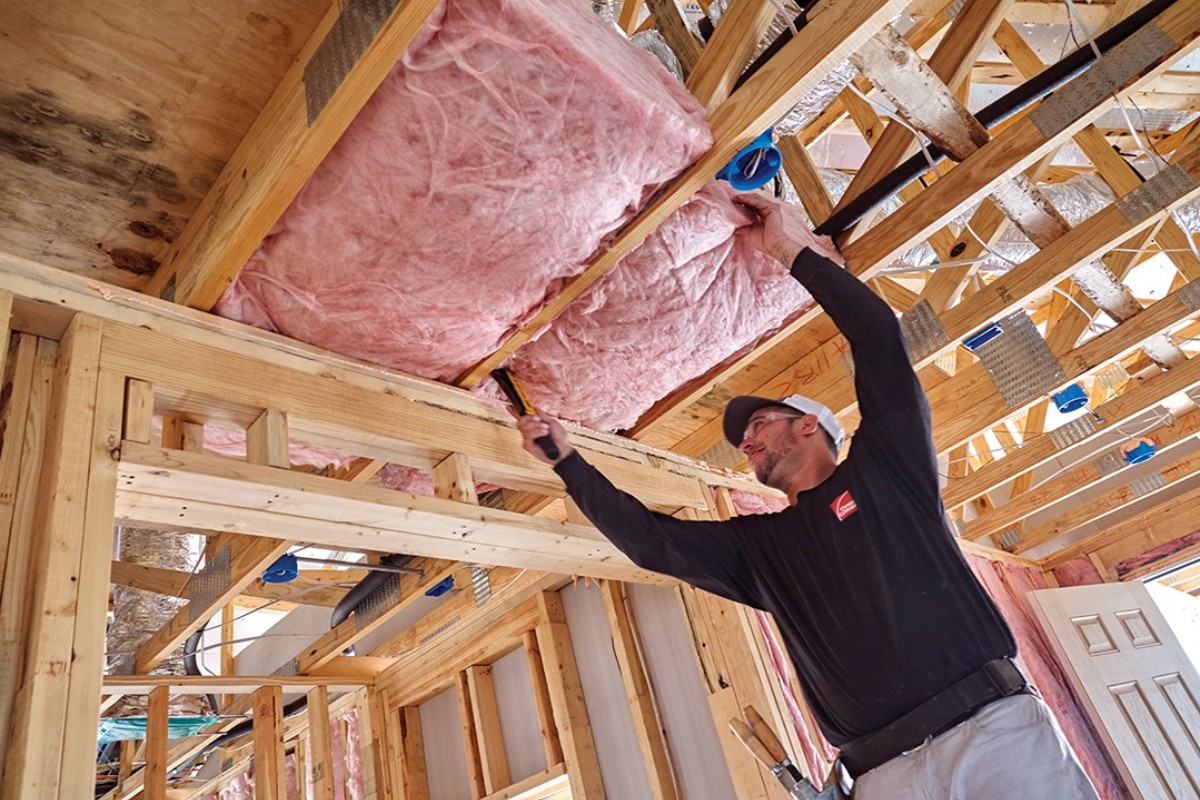
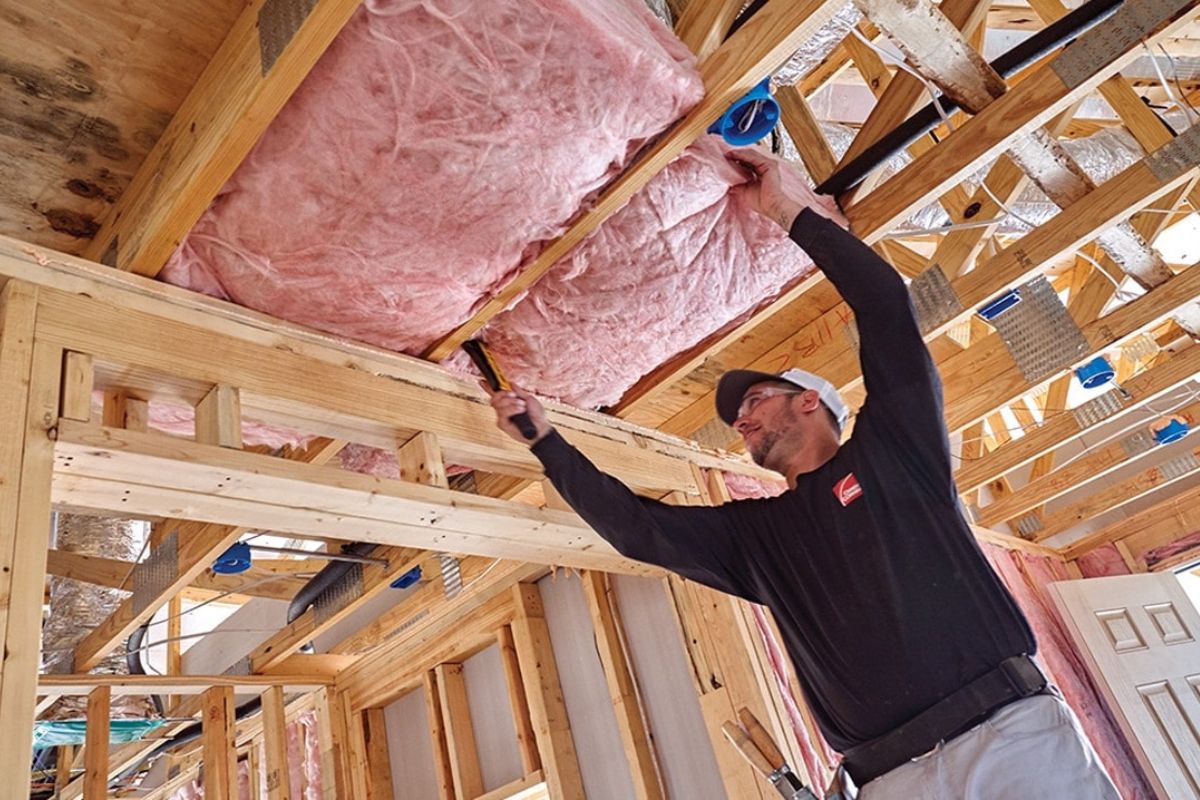

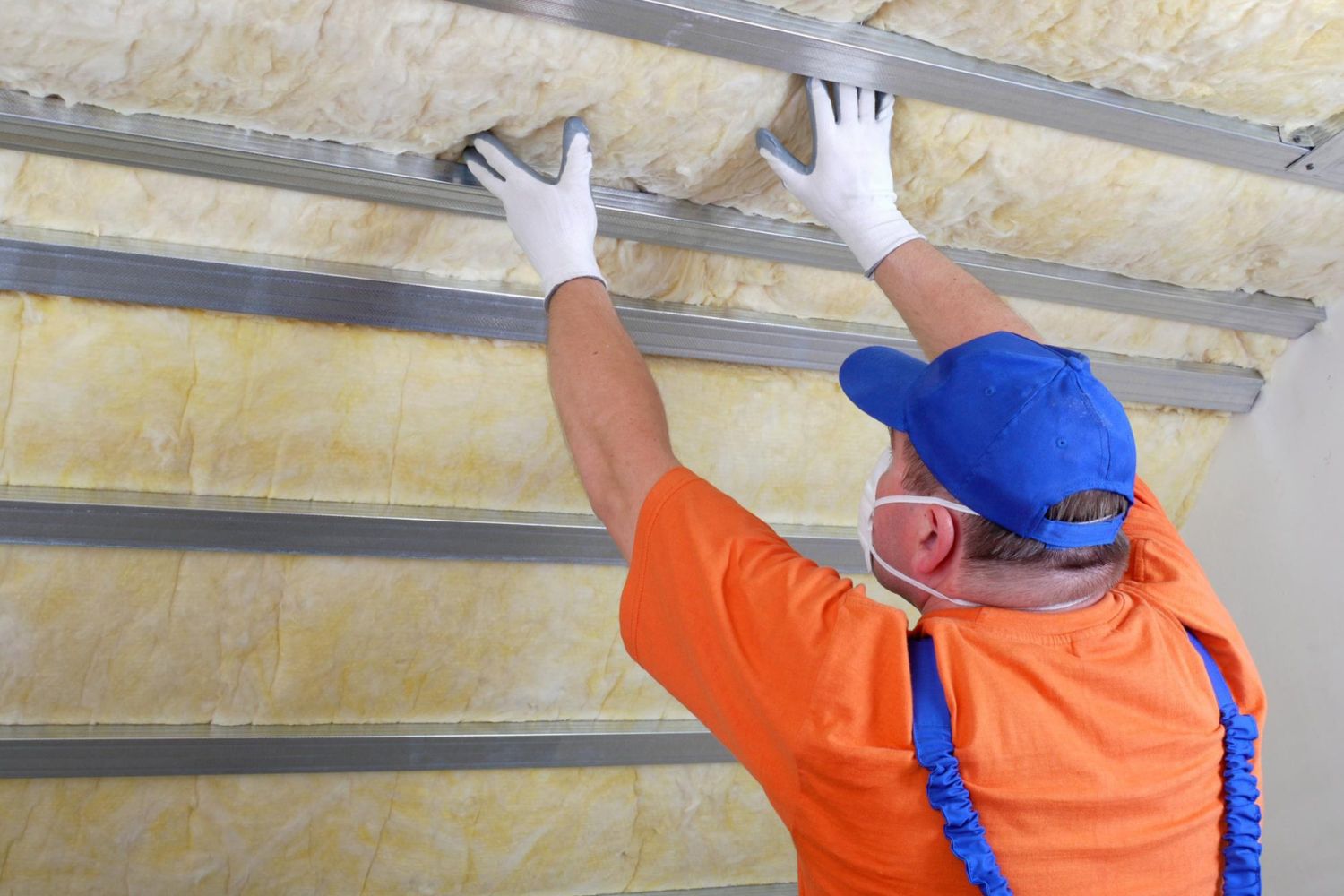
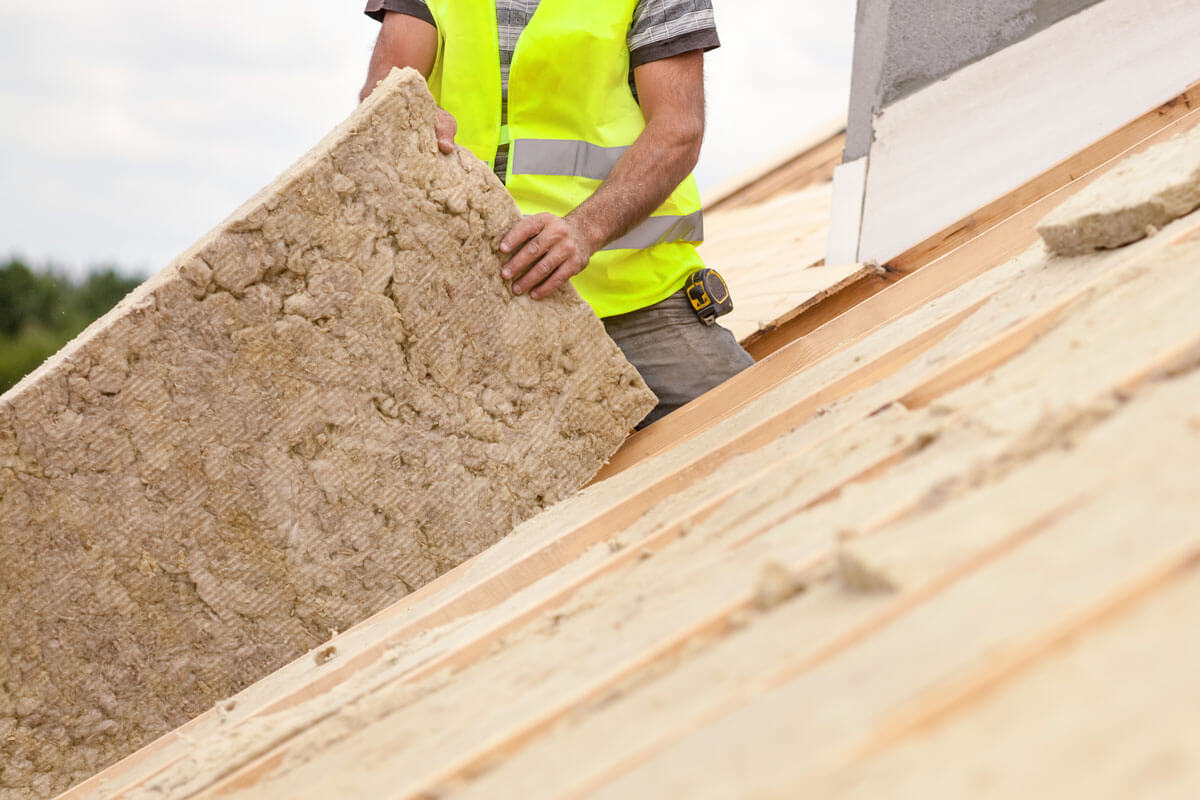
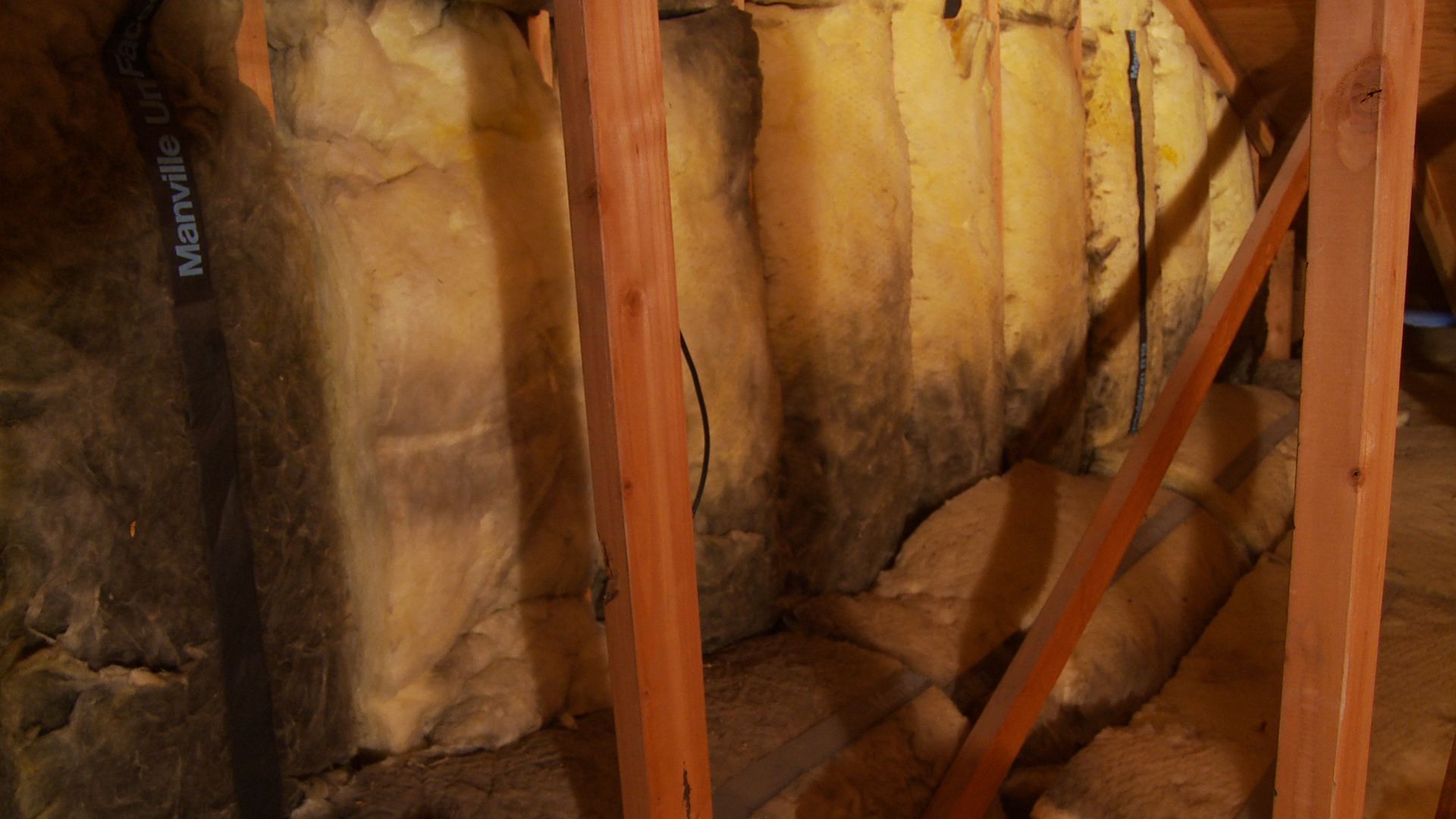
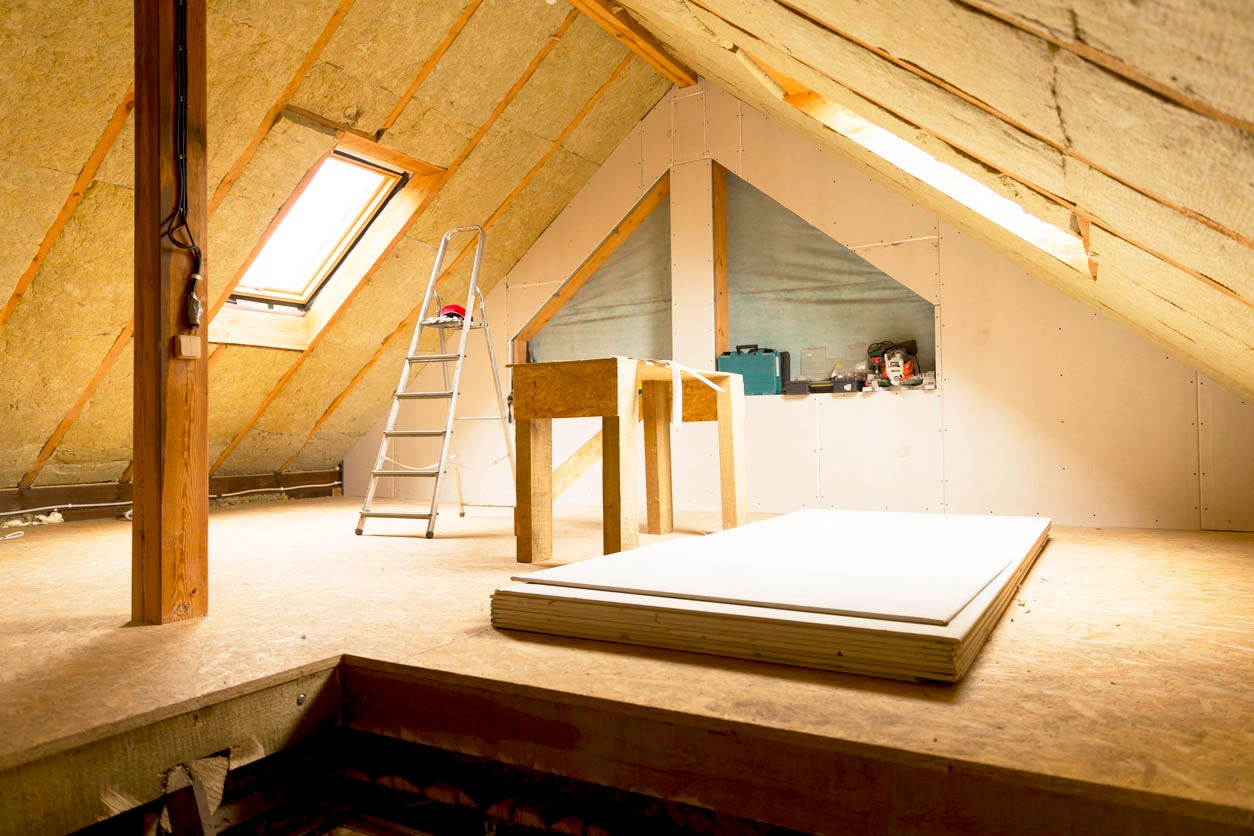

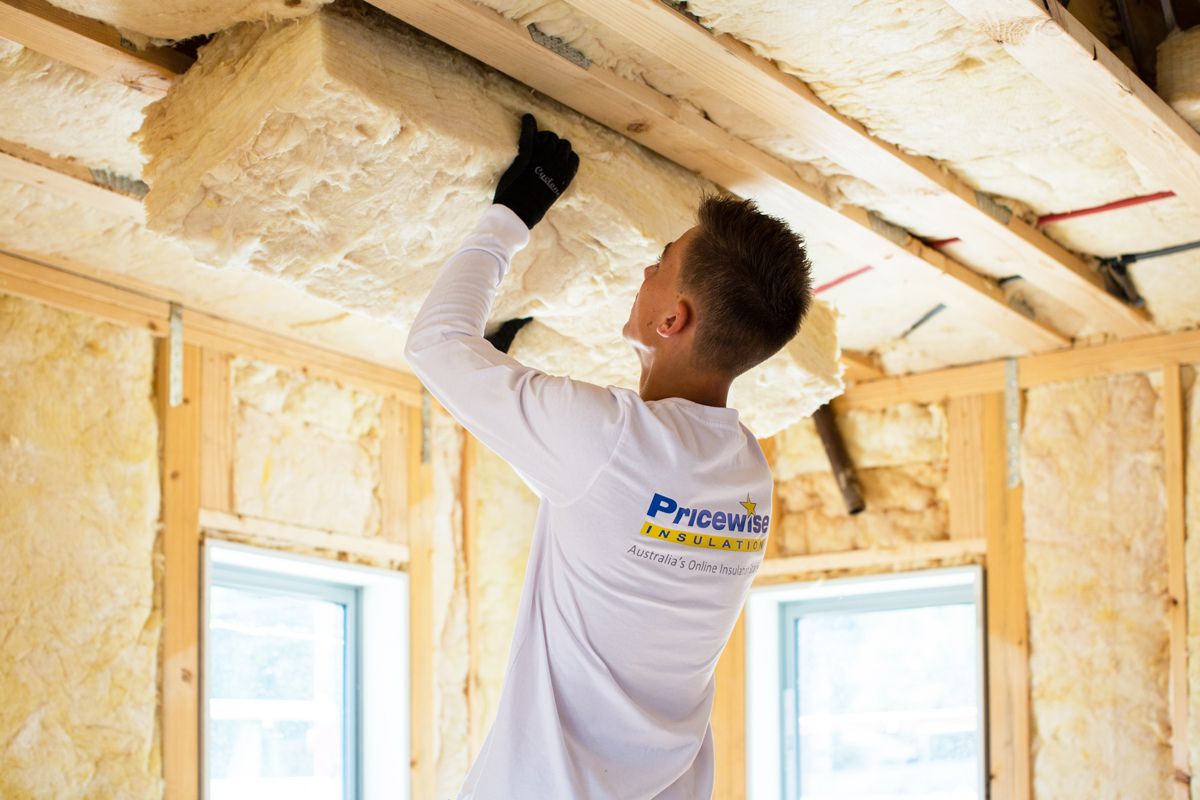
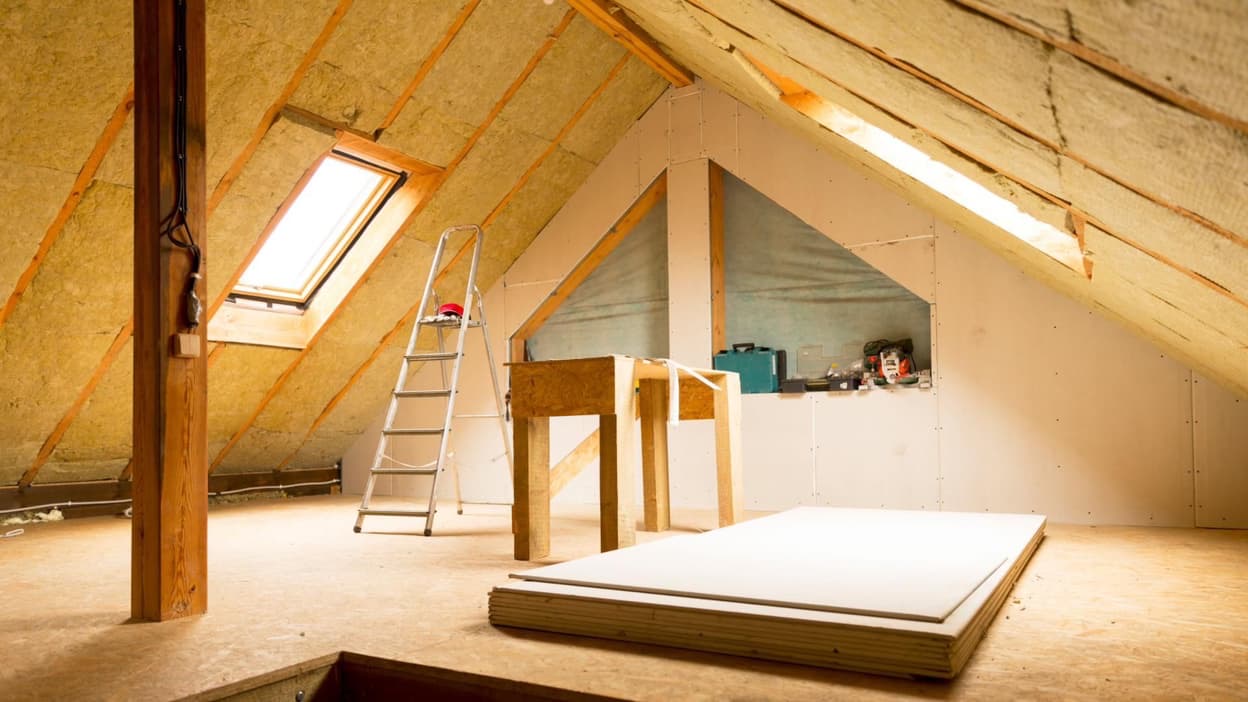
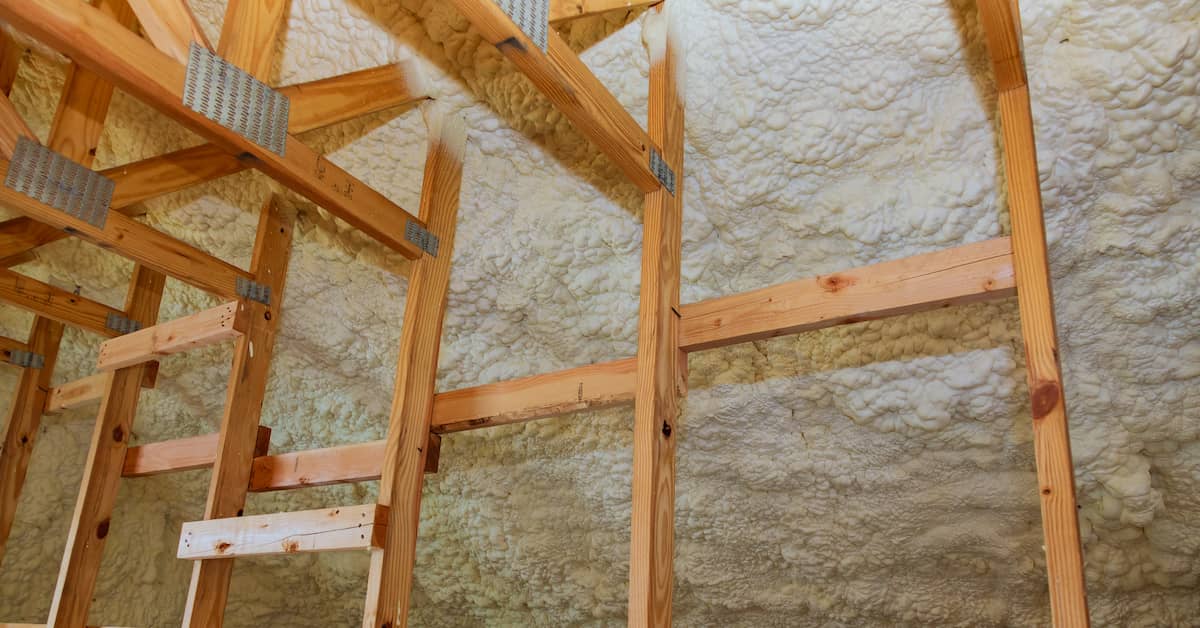
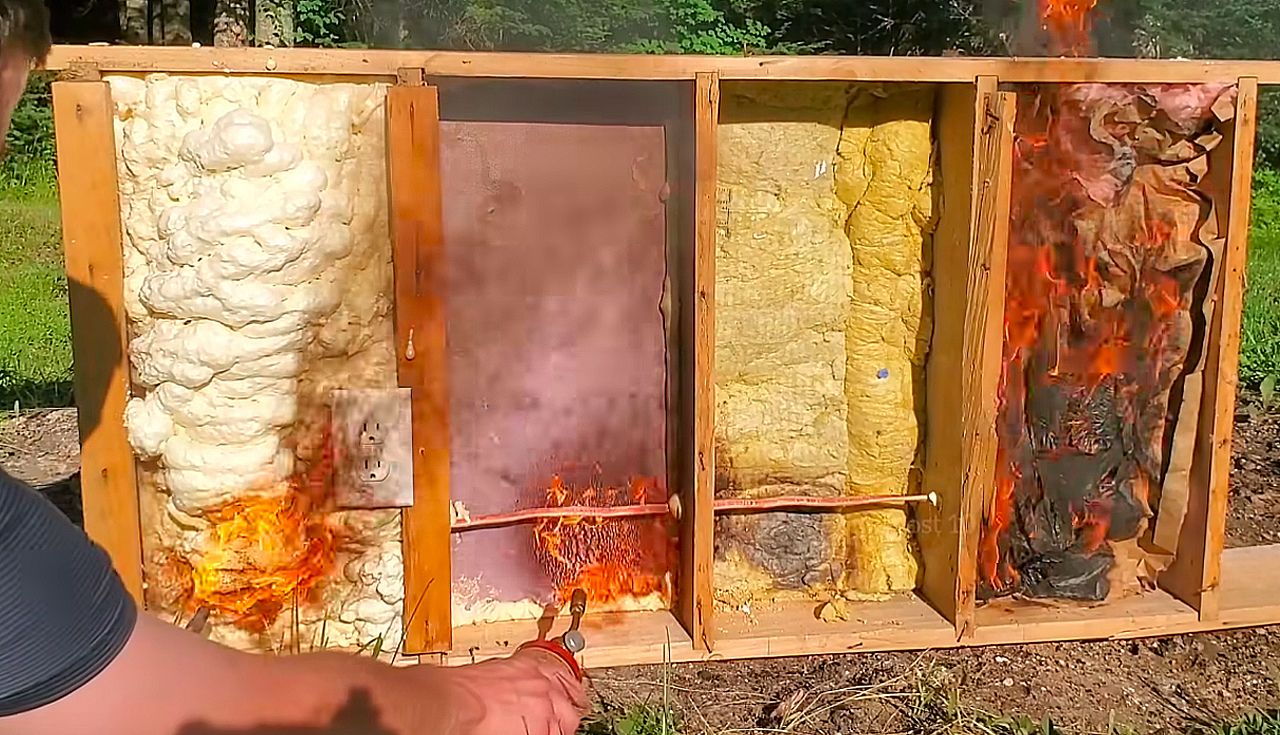

0 thoughts on “Who Does Insulation”